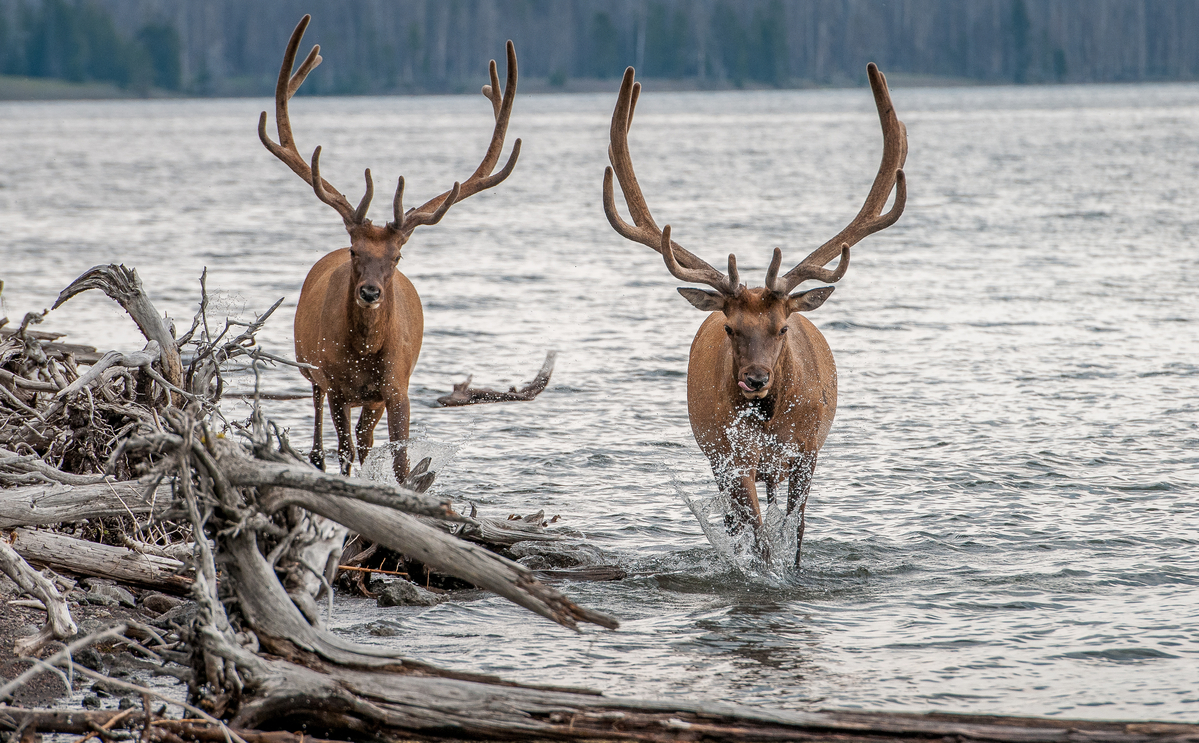Below is a reprint of the Elk 101 department in the January-February 2024 issue of Bugle magazine.
As the 2024 Summer Olympic Games begin in Paris, France, athletes will attempt to break records in both speed and jumping ability in track and field events. If elk could somehow compete, they would have a good chance at winning a slew of gold medals. Despite their considerable size, they are quite speedy and can jump great heights.
A mature bull might weigh 700 pounds or more, yet can run 40-45 mph over short distances. Even retired world and Olympic record holder Usain Bolt, with a top ground speed of 27.8 mph, wouldn’t come close to beating an elk at top speed. Elk are not just sprinters. They have the endurance to run an average of 30 mph for an extended time, according to the Pennsylvania Game Commission, covering long distances, while navigating through a variety of terrain: a perfect specimen to compete in the marathon.
With long legs, elk are adapted to escape predators with sustained sprints. It also allows them to direct energy into forward propulsion, while simultaneously avoiding obstacles. “Cursorial” animals like elk have slender, muscled legs with increased elastic storage that help them move quickly. They also have an increased stride length and decreased leg weight, allowing them to run fast and keep a constant speed for long distances with high endurance. Additionally, their huge chests accommodate hefty lungs and heart and a large-diameter trachea to quickly direct respiratory gases for maintaining speed.
But elk, are not just speed demons—they’re also remarkable jumpers. With their ability to vertically jump up to eight feet, they could give Cuban Javier Sotomayor‘s world record high jump of 8 feet 1/4 inch, a run for its money.
Elk also don’t need special track shoes; their hooves are made for running and jumping. They have two cleats evenly spaced on their broad hooves that allow them to run through wet terrain and two dewclaws, located on the back of their legs, to aid in balance and griping rocky, uneven ground, mud and snow.
These physical characteristics could place the North American elk on the center podium, gold medals around their necks. But instead, they use it for something much more important—survival.
— Bonnie Pace
(Photo credit: Rocky Mountain Elk Foundation)
